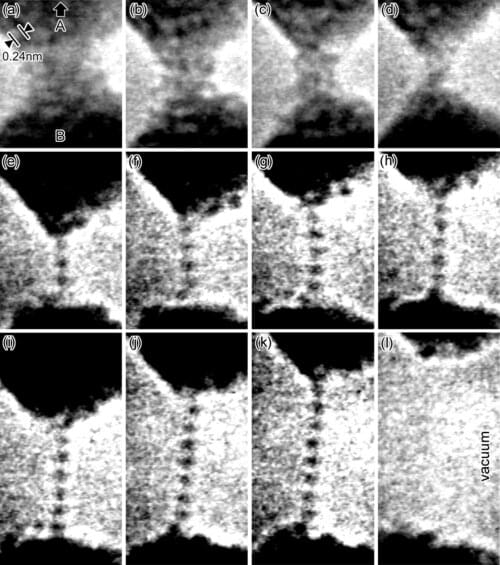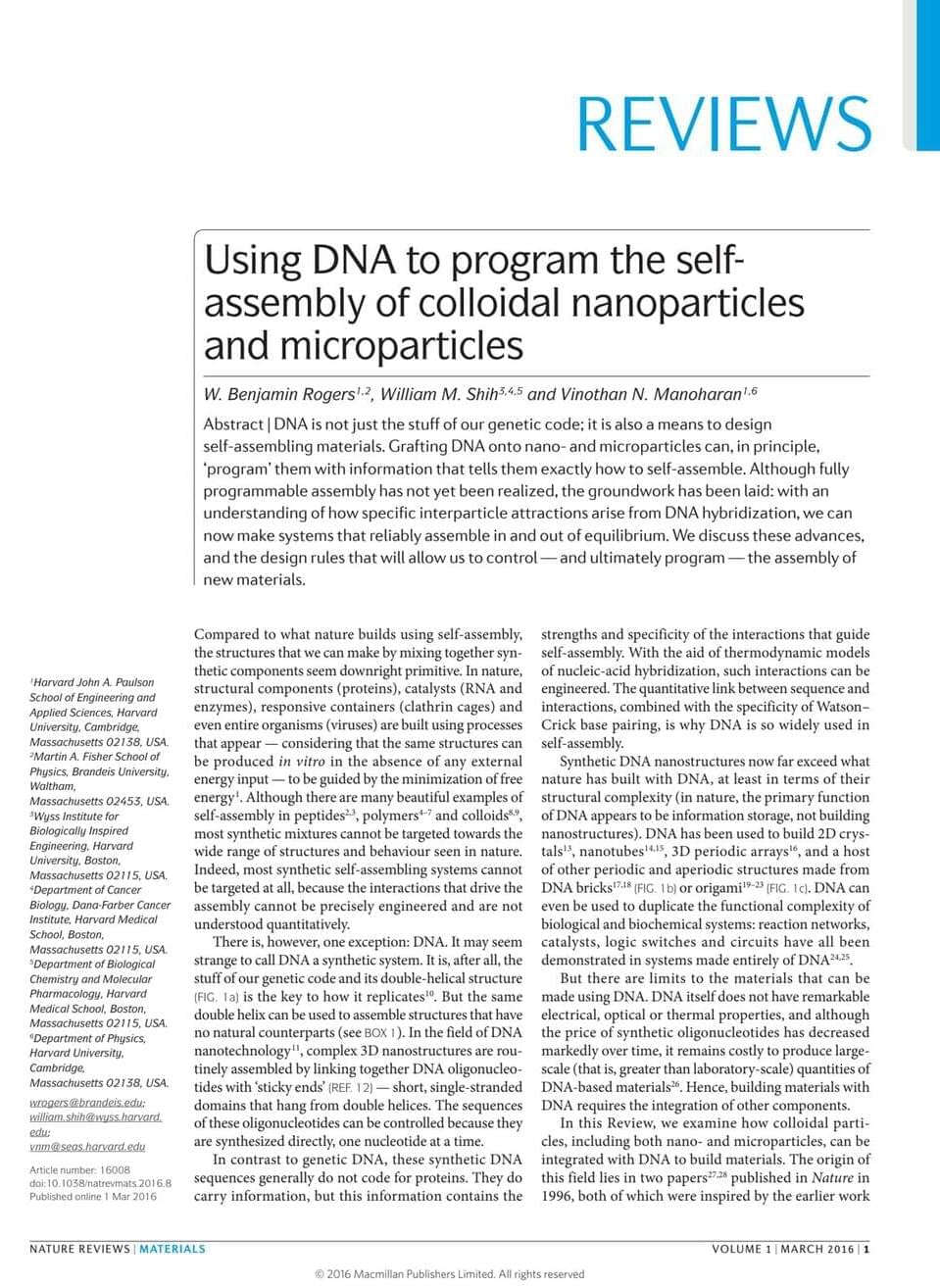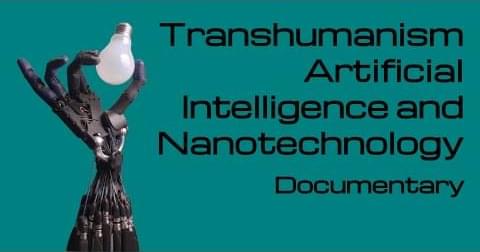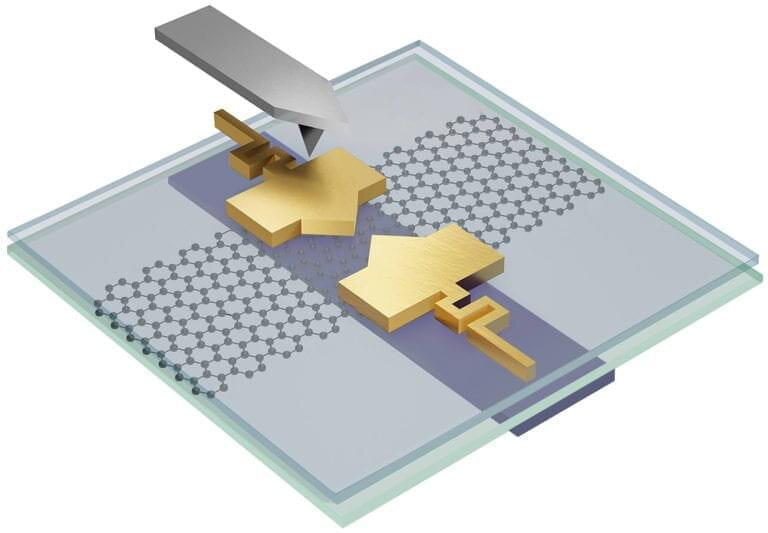Apr 22, 2023
Wonder Material Graphene Stuns Again: Shatters Magnetoresistance Records
Posted by Saúl Morales Rodriguéz in categories: nanotechnology, particle physics
Researchers at The University of Manchester have discovered record-high magnetoresistance in graphene.
Graphene is an allotrope of carbon in the form of a single layer of atoms in a two-dimensional hexagonal lattice in which one atom forms each vertex. It is the basic structural element of other allotropes of carbon, including graphite, charcoal, carbon nanotubes, and fullerenes. In proportion to its thickness, it is about 100 times stronger than the strongest steel.















